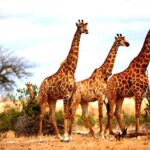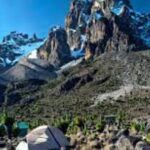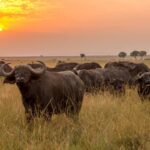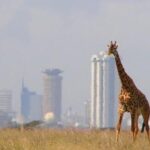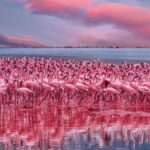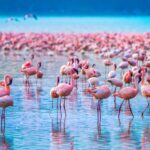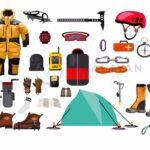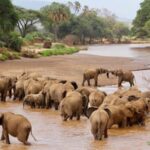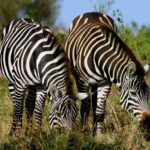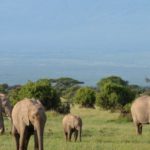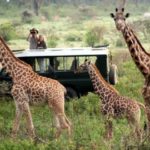Kenya photography safari
Kenya photography safari
Kenya is a fantastic destination for photography safaris, offering breathtaking landscapes, diverse wildlife, and vibrant cultures to capture through your lens. Here are some key considerations for planning a photography safari in Kenya:
- Choose the Right Time: Timing is crucial for photography safaris. The dry season, typically from June to October, offers excellent wildlife viewing opportunities as animals gather around water sources. Additionally, consider planning your visit during the Great Migration in the Maasai Mara, which usually occurs between July and October.
- Select the Right Locations: Kenya has several renowned national parks and reserves that are ideal for photography. The Maasai Mara National Reserve is particularly popular for its abundant wildlife, including the Big Five and the Great Migration. Other notable destinations include Amboseli National Park, known for its iconic views of Mount Kilimanjaro, and Samburu National Reserve, famous for its unique wildlife species.
- Hire a Knowledgeable Guide: A knowledgeable guide or driver is essential for a successful photography safari. They can help you locate wildlife, provide insights into animal behavior, and guide you to the best vantage points for capturing stunning images.
- Consider a Private Safari: To have more control over your itinerary and photography opportunities, you may opt for a private safari. This allows you to customize the trip according to your preferences and spend more time in specific areas or wait for the perfect shot.
- Pack Essential Gear: Make sure to bring essential photography gear, including a quality DSLR or mirrorless camera, telephoto and wide-angle lenses, extra batteries, memory cards, a sturdy tripod, and lens cleaning equipment. Also, consider bringing a protective bag or cover to shield your equipment from dust and moisture during game drives.
- Patience and Observation: Photography safaris require patience and observation skills. Take the time to study animal behavior, anticipate movements, and wait for the right moments to capture unique shots. Be prepared for early morning and late afternoon game drives when the lighting conditions are often ideal for photography.
- Respect Wildlife and Local Communities: It’s crucial to prioritize ethical wildlife viewing and respect local communities and their traditions. Maintain a safe distance from animals, follow park regulations, and be culturally sensitive during interactions with local people.
Remember to enjoy the experience and immerse yourself in the beauty of Kenya’s wildlife and landscapes while capturing remarkable images that tell your safari story.


